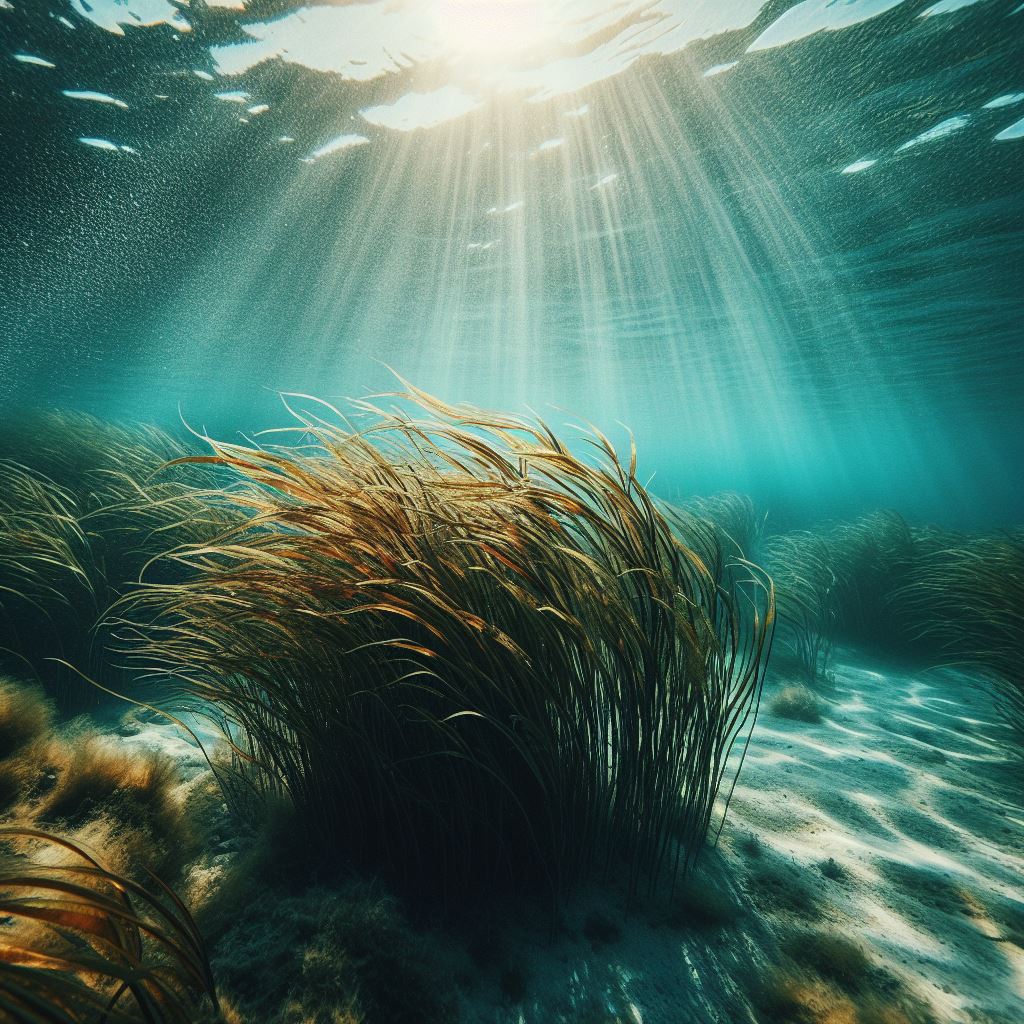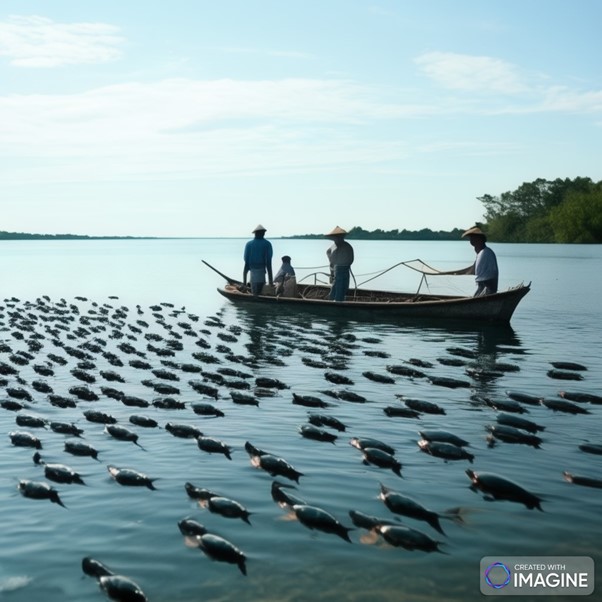Article by: Farah Izana Abdullah
Technology-based food in aquaculture refers to the use of advanced technology in the feeding process of cultured aquatic organisms such as fish, shrimp, or clams. The primary goal of this technology-based food is to ensure efficient feeding, optimal growth, and the well-being of aquatic organisms while maximizing feeding efficiency and reducing food waste. Here are some key aspects of technology-based food in aquaculture:
- Automatic Feeding: Automatic feeding systems are used to distribute food on a scheduled and precise basis to aquatic organisms. This ensures that food is provided in the right amount at the right time, which can enhance growth and reduce food waste.
- Specialized Feed Formulation: Feeds for aquatic organisms are specially formulated with recipes that meet their nutritional requirements. This includes selecting appropriate ingredients and adjusting the feed composition to achieve optimal growth.
- Feed Processing Technology: Aquaculture feed production involves advanced processing technology, including grinding, mixing, and forming feeds in various forms such as pellets or powder.
- Nutrient Analysis: Nutrient analysis of feeds is essential to ensure a balanced diet. It helps determine the correct composition to meet the nutritional needs of aquatic organisms.
- Data-Driven Feeding: Some aquaculture operations use data-driven feeding systems. Data on the feeding behavior of organisms and environmental conditions are used to adjust the quantity and type of food provided.
- Hyper-Ammonia Feeding: In some aquaculture operations, hyper-ammonia feeds are used to accelerate the growth of organisms. These feeds are enriched with nutrients such as protein and amino acids.
- Average Body Weight-based Feeding: In fish feeding, sometimes it is based on the average body weight of the organisms. This allows the quantity of food provided to be adjusted based on individual growth.
- Probiotic-based Feeding: Some aquaculture feeds contain probiotics that help improve digestion and the health of organisms.
- Special Larval Feeding: Larval fish and shrimp require specialized feeding and often need live food such as artemia or rotifers.
This technology-based food plays a crucial role in achieving sustainability in aquaculture by ensuring proper feeding, maximum growth, and resource utilization efficiency. It also helps minimize environmental pollution by reducing food waste and the unused excretion by aquatic organisms.
Date of Input: 02/10/2023 | Updated: 08/01/2024 | izana.abdullah
MEDIA SHARING




























